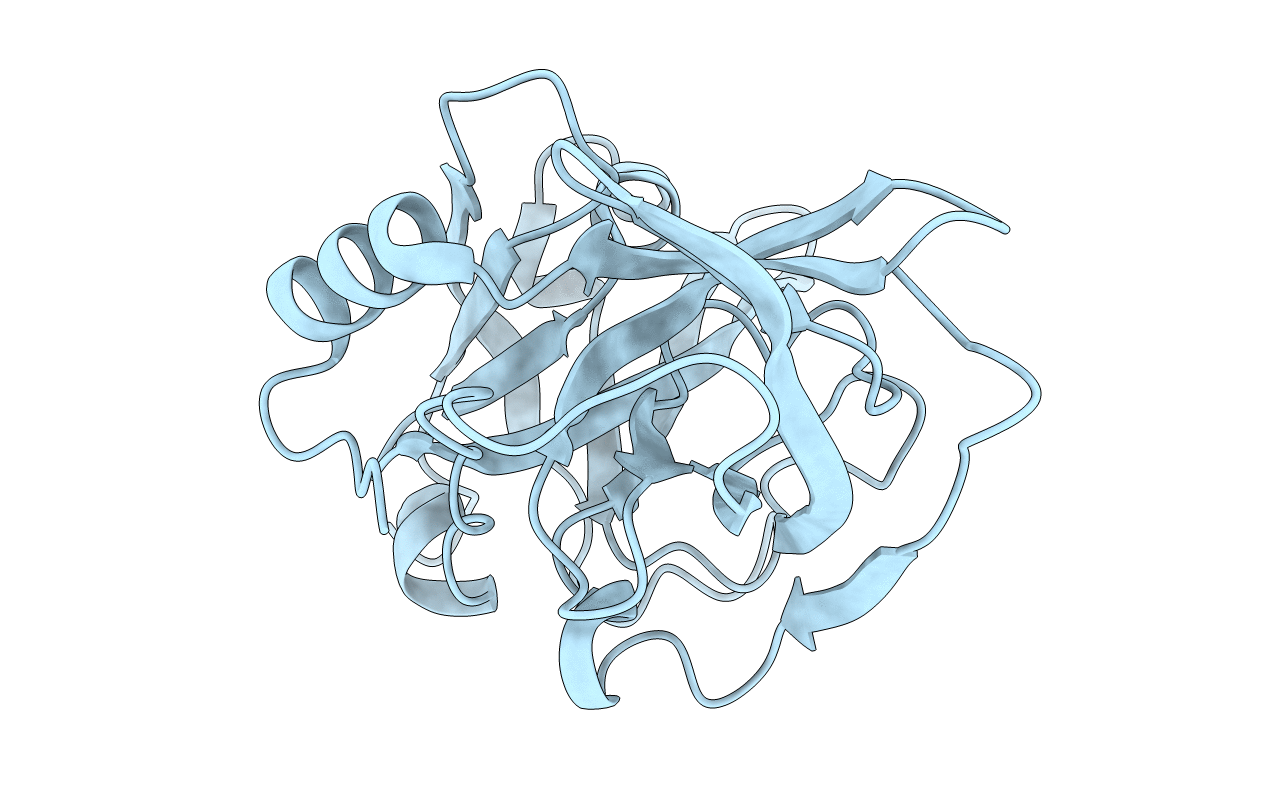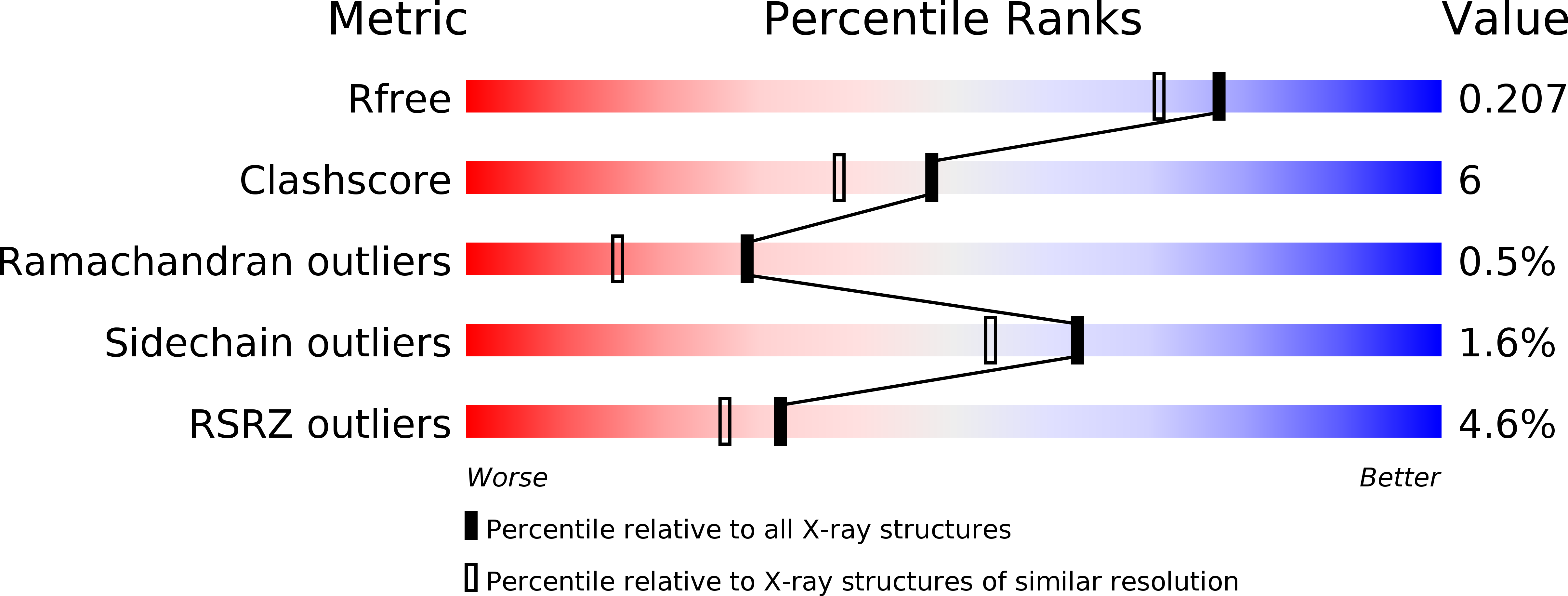
Deposition Date
2013-02-22
Release Date
2013-09-04
Last Version Date
2023-11-08
Entry Detail
PDB ID:
4JCN
Keywords:
Title:
Structure of ESP, serine protease from Staphylococcus epidermidis
Biological Source:
Source Organism:
Staphylococcus epidermidis (Taxon ID: 176280)
Host Organism:
Method Details:
Experimental Method:
Resolution:
1.80 Å
R-Value Free:
0.19
R-Value Work:
0.17
R-Value Observed:
0.17
Space Group:
P 1 21 1


